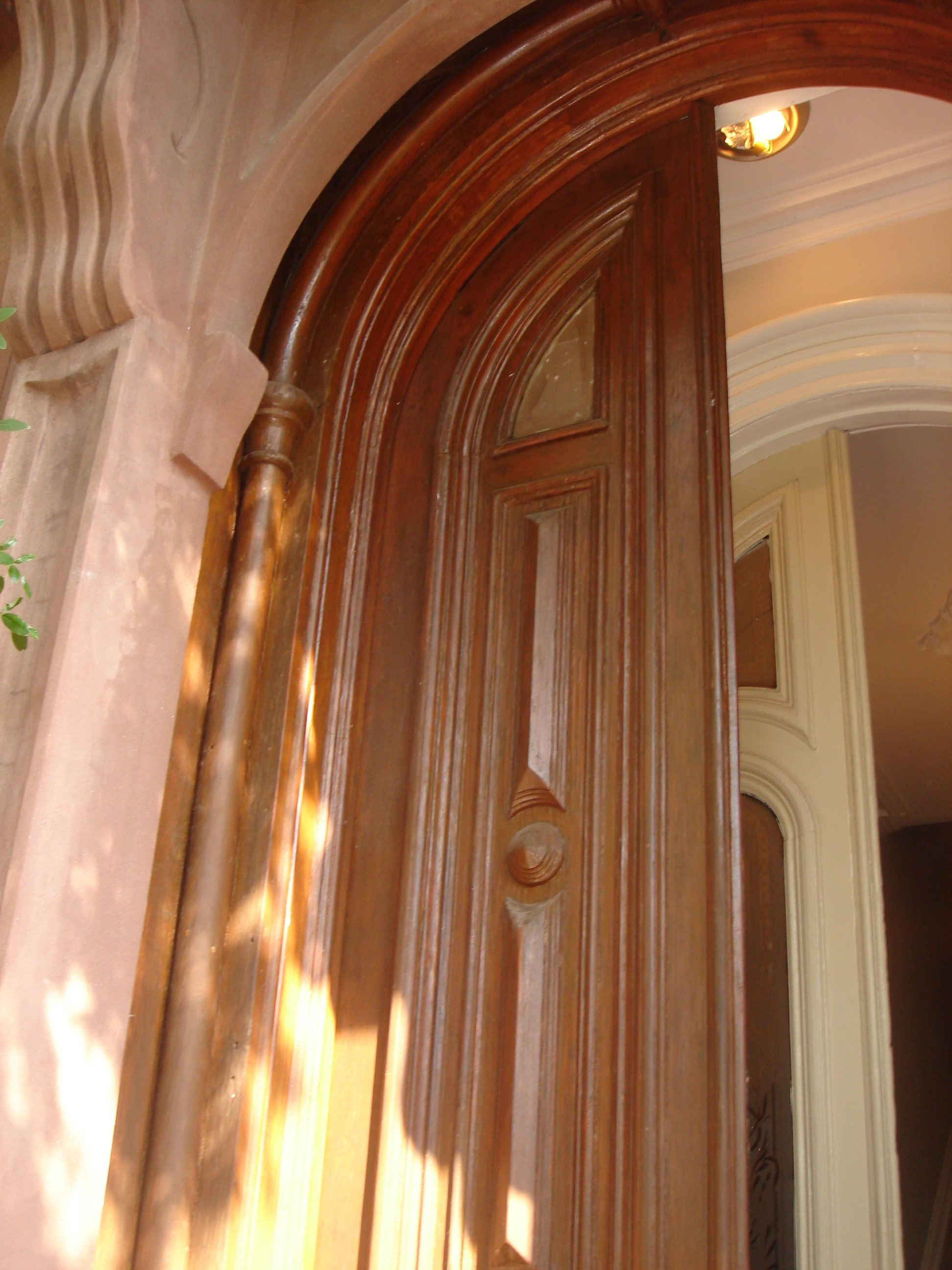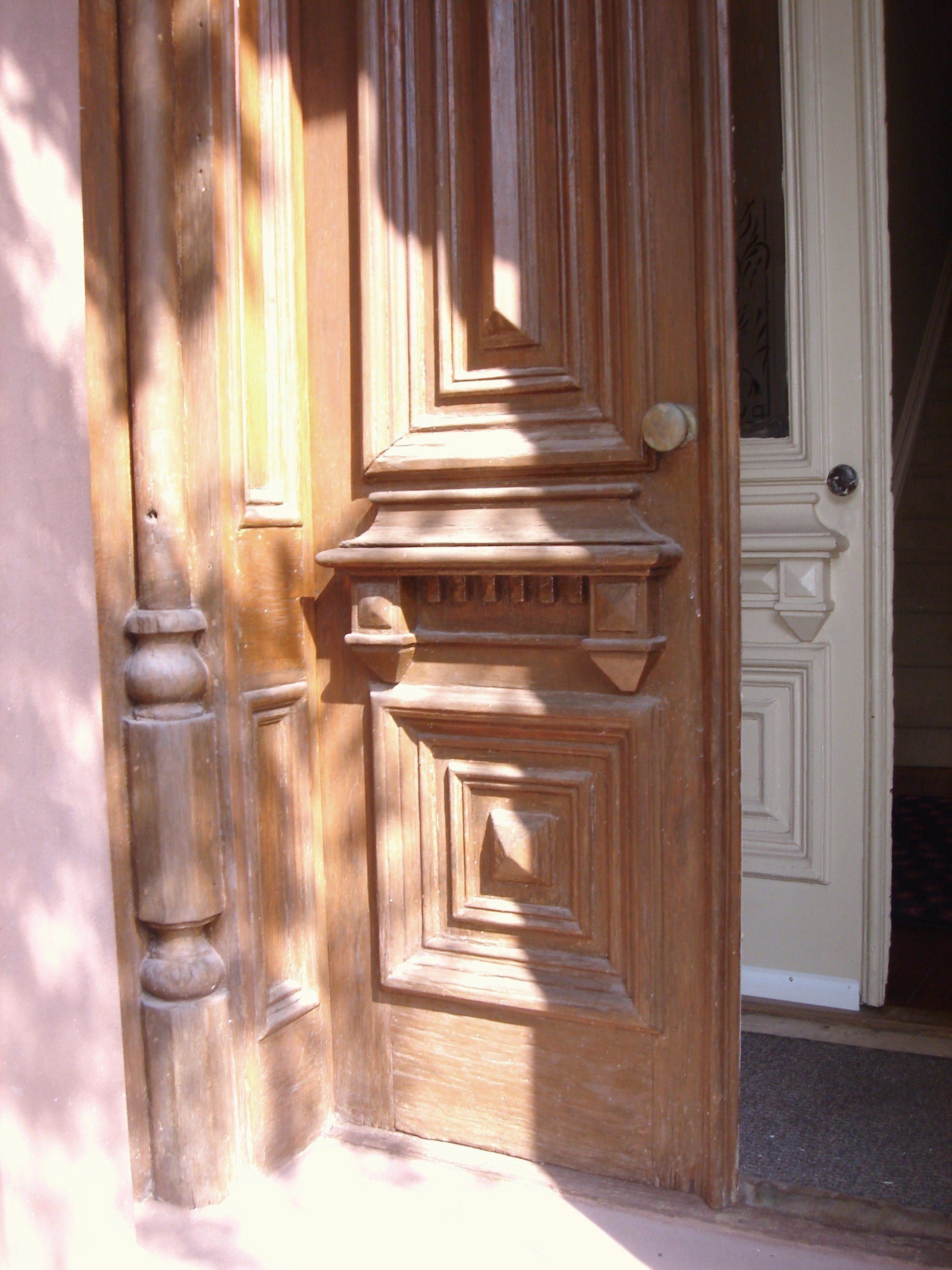Prospect Heights Brownstone Entry Doors Replacement
19th Century Brownstone Door Restoration in Prospect Heights
This spectacular set of double-leaf entry doors was replicated for an 1872 brownstone in the Prospect Heights Historic District, which, in addition to the elaborate Italianate entryway, contains a wealth of fabulous Victorian detail, including full window surrounds with molded lintels and iron cornices with foliate brackets and modillions.
On this project, we had the opportunity to replace a set of original, nearly 150-year-old brownstone entry doors. This experience proved exceptionally valuable, allowing us to meticulously replicate every intricate detail of the door's elaborate design. From substantial shelf molding to panel molding profiles and raised pyramids embellishing the middle and lower panels, we breathed new life into these timeless features.
The premise of the Victorian design was to create visual unity through the interplay of architectural details. For example, the pyramid applique on the lower door panels recalls the faceted keystone in the pediment arch. The strong vertical lines of the upper panels complement the pilasters of the masonry surround, and the arched enframement visually supports the segmental pediment and arch above.
Looking at these pictures, we can briefly glimpse the paired vestibule set beyond the entry doors. In the 19th century, brownstone doors would be bought and sold as a set: one pair of entryway doors, usually with predominantly wood panels, and one pair of vestibule doors, which would sit behind, and often had more and larger glazed panels. This way, during the day, the entry set could be left open, sometimes in recessed pockets on the walls, where they would meld seamlessly with the wood paneling of the vestibule. Light would then be free to flow in and through the glazed panes of the inner set, illuminating the home.
It appears that the entry and vestibule set on this home were such a pair. Note the subtle similarities and differences between the door that connect them and set them apart: both feature shelf molding on the lock rail, but only the entryway set features dentil molding; the lower panel of the vestibule set has the same bolection profile, but foregoes the pyramid; the middle panel of the vestibule is in similar proportion to that of the entryway door, but is glazed and features an arched top, with the upper panel modified to a “brow” style.
These small details are signs of the craftsmanship which typified architecture and millwork of the Victorian era. With a brand new entryway, this historic home is ready to carry that legacy of quality and style well into the 21st century.



